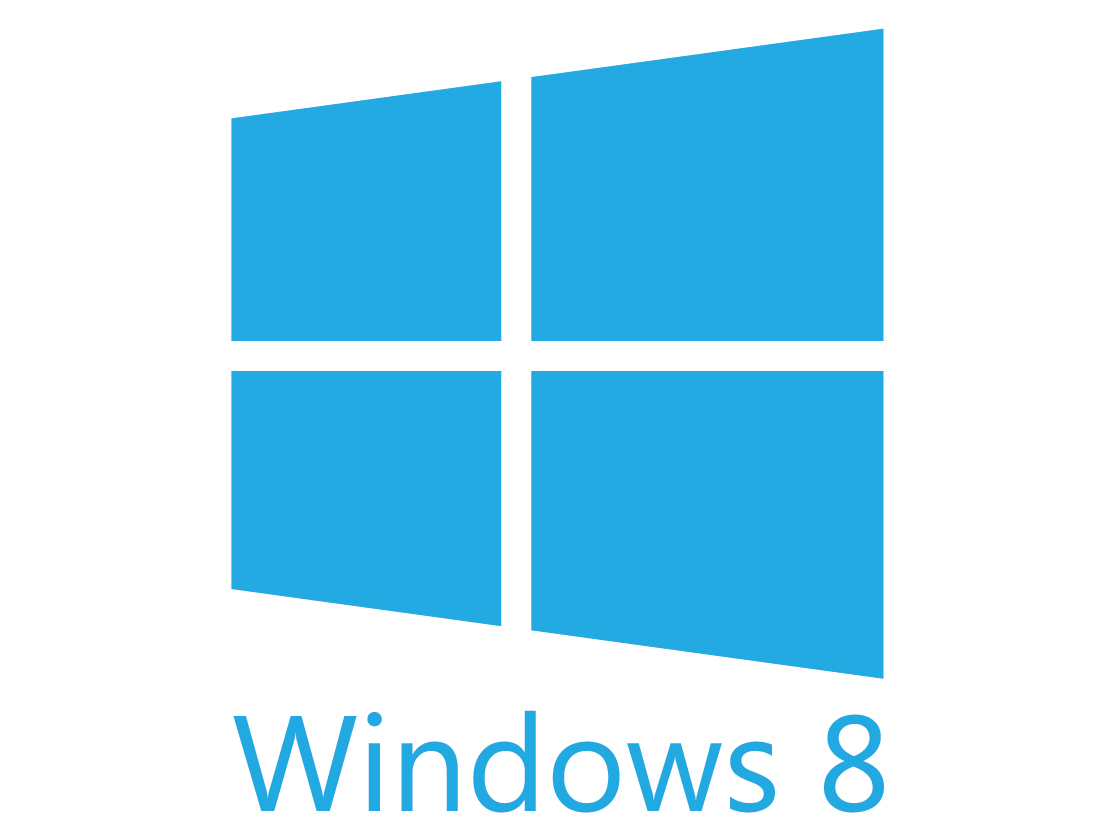Windows 8.1 Update Boots to Desktop Only on Non-Touch
For starters, let's get something straight. Current Windows 8.1 users can already boot to the desktop. This feature isn't obvious, but once you figure out where to go, it's actually just as easy as getting slapped in the face.
To turn the feature on, go to the desktop and right-click on an open area on the taskbar. When the menu appears, click Properties and the Taskbar and Navigation properties box appears. Next click on the Navigation tab, and then check the following option listed under Start Screen (it's not checked by default).
“When I sign in or close all apps on a screen, go to the desktop instead of Start."
A new report stemming from a near final build of Windows 8.1 Update 1 reveals that unless customers have followed the directions listed above, and they're using a screen without touch capability, then the platform will boot to the desktop by default. If the user has a touch screen and has not manually switched on the desktop boot as shown above, then the platform will boot straight into the Start screen.
The update seems to cater to the mouse and keyboard user, starting with the boot option and continuing on with a new shutdown button that will be placed on the Start screen. This button presumably only appears on laptops and desktops that do not have a touch-based screen.
According to the report, the "Metro" apps also have a new title bar that allows the user to minimize, close or snap apps using the mouse. On touch-based screens, this title bar doesn't appear by default, but will appear if the mouse pointer hovers over the top portion of an app. Tiles on the Start Screen will produce a context menu when the user right-clicks on the tile, with options including resize, unpin and so on.
As previously reported, "Metro" apps can be pinned to the desktop taskbar, which will have preview windows, if the user has selected to "show Windows Store apps on the taskbar." Within an app, users can hover the mouse point over the lower part to bring up the taskbar, which will appear over the Metro app. This allows the user to move between apps rather than swiping on the screen or touchpad.
Get Tom's Hardware's best news and in-depth reviews, straight to your inbox.
Finally, there's a new "disk space" option in the settings that lists individual app sizes, and collates file sizes for media such as music, pictures and videos.
Microsoft is currently expected to dish out Windows 8.1 Update 1 either shortly before or shortly after its BUILD conference in April.

Kevin Parrish has over a decade of experience as a writer, editor, and product tester. His work focused on computer hardware, networking equipment, smartphones, tablets, gaming consoles, and other internet-connected devices. His work has appeared in Tom's Hardware, Tom's Guide, Maximum PC, Digital Trends, Android Authority, How-To Geek, Lifewire, and others.
-
KelvinTy It's just too difficult to put a simple option stating "Modern UI / Traditional Desktop" in one of the installation steps.I guess it's just too easy to do that instead of programming to detect monitors and stuffs. Master managments, excellent programming indeed, fantastic logic, A+ intelligence, 10/10 IGN.Reply -
icehot this actually sounds like a good mix of the 2 environments at last, detecting the best interface for the best device is a much better idea, and I do like the sound of title bars again on metro app... can't wait to try it out!Reply -
rokit "using a screen without touch capability, then the platform will boot to the desktop by default."microsoft, not an update without fail. This is how it should've worked instead: If mouse detected -> boot to normal desktop with Windows7 theme(no flat ugly moderated, please keep it clean windows decorations) by default.Reply -
Avus So for the last couple years, M$ are busy to introduce functions for Win 8/8.1 that actually had been a "basic thing" for the last 15+ years of Windows computing... stuff like Start button, boot to desktop, (up coming Start menu??)... While a fresh copy of Win 7 with SP1 (still sold by the millions) still need to face with 150+ windows update...Reply -
Morbus What Microsoft needs to be doing is REMOVE all metro from not touch devices. REMOVE it completely. I don't want to see anything metro on a 1440p 27 inch screen. It's a complete waste of time. Do AWAY with the metro-style network selector, do AWAY with the metro-style start menu, do AWAY with any metro-style control panel, AWAY with the metro-style windows store, AWAY with the metro-style software selector (for unknown file types), AWAY with the purple, AWAY with the metro-style login screen, AWAY with the useless BSOD, AWAY with all mentions of "apps" instead of "software" or "programs", AWAY with charms and any screen's-edge UI...Just do away with metro and I'll upgrade. Otherwise, Microsoft, you'll never see my money ever again.Reply -
dwdesign Windows 8 should have been introduced this way for traditional PC. Leave the apps to tablets and ultras. This is why I switched to OSX.Reply -
JOSHSKORN When I upgrade, I might just end up OSX in a VirtualBox instead of Windows 8/8.1. That's pretty sad, I never thought I'd say that.Reply
